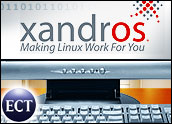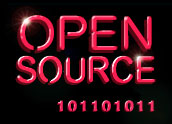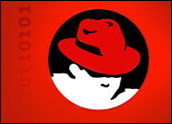
Sun Microsystems and Fujitsu have released the Sparc Enterprise Server line, six new servers designed to address a growing demand for increased computing power and energy efficiency in enterprises.
The companies introduced the T1000 and T2000 entry-level servers that run on the Sun-designed UltraSparc T1 processor; the midrange M4000 and M5000 and the high-end M8000 and M9000, which come with Fujitsu’s Sparc 64 VI processor.
All of the new servers come with Sun’s Solaris operating system; however, as the servers are open systems, they can run other operating systems such as Linux.
The Sparc Enterprise server line up is the result of more than two years of joint development between Fujitsu and Sun, building on their 20-year strategic relationship.
The servers will be offered under the Sun, Fujitsu and Fujitsu-Siemens brands, according to the companies. Fujitsu has a separate joint venture agreement with Siemens.
The Sparc
The servers are datacenter quality, mainframe-class with 24×7 mission-critical servers for open systems markets, according to Sun.
“The end result is a dual focus of increasing performance while decreasing thermal load and increasing power efficiency,” Rob Enderle, a principal analyst with the Enderle Group, told LinuxInsider.
The cost benefit of increased efficiency has recently become a huge focus for businesses, said Enderle, “especially for the big players with the large scale service.”
Virtualization Capabilities
The new systems help customers tackle the most challenging computing problems, from the back office to high-performance computing, said John Fowler, executive vice president of Sun’s Systems group.
The servers “achieve this performance while delivering mainframe reliability,” Fowler said in a statement.
Each server provides scalability, sophisticated RAS (Remote Access Services) features and Sparc64 VI processing for large workloads, databases, BIDW (Business Intelligence and Data Warehousing), and OLTP (Online Transaction Processing), said Fowler.
Under the Hood
The entry-level models feature two quad-core processors, 64 GB of random access memory (RAM) and come with the virtualization capability to run up to 32 virtual machines on a single machine. The midrange models feature up to 64 dual-core sockets, processor speeds of up to 1.4 GHz, and up to 2 TB (terabytes) of RAM.
The high-end servers offer 32 or 64 cores depending on the model, processing speeds of up to 2.4 GHz, and up to 2 TB (terabytes) of RAM.
The servers are only available with Sun’s Solaris 10 operating system. Previous servers from the two companies ran Solaris 8 and 9. Applications that were designed to run on Solaris 8 or Solaris 9 will also work on a Solaris 10 machine, said Sun.
The systems are available immediately and cost anywhere from US$50,000 to $200,000 for the entry-level models; the M4000/M5000 will run anywhere from $50,000 to $200,000, and the high-end M8000/M9000 line will start at $200,000 and scale to several million dollars.





















































